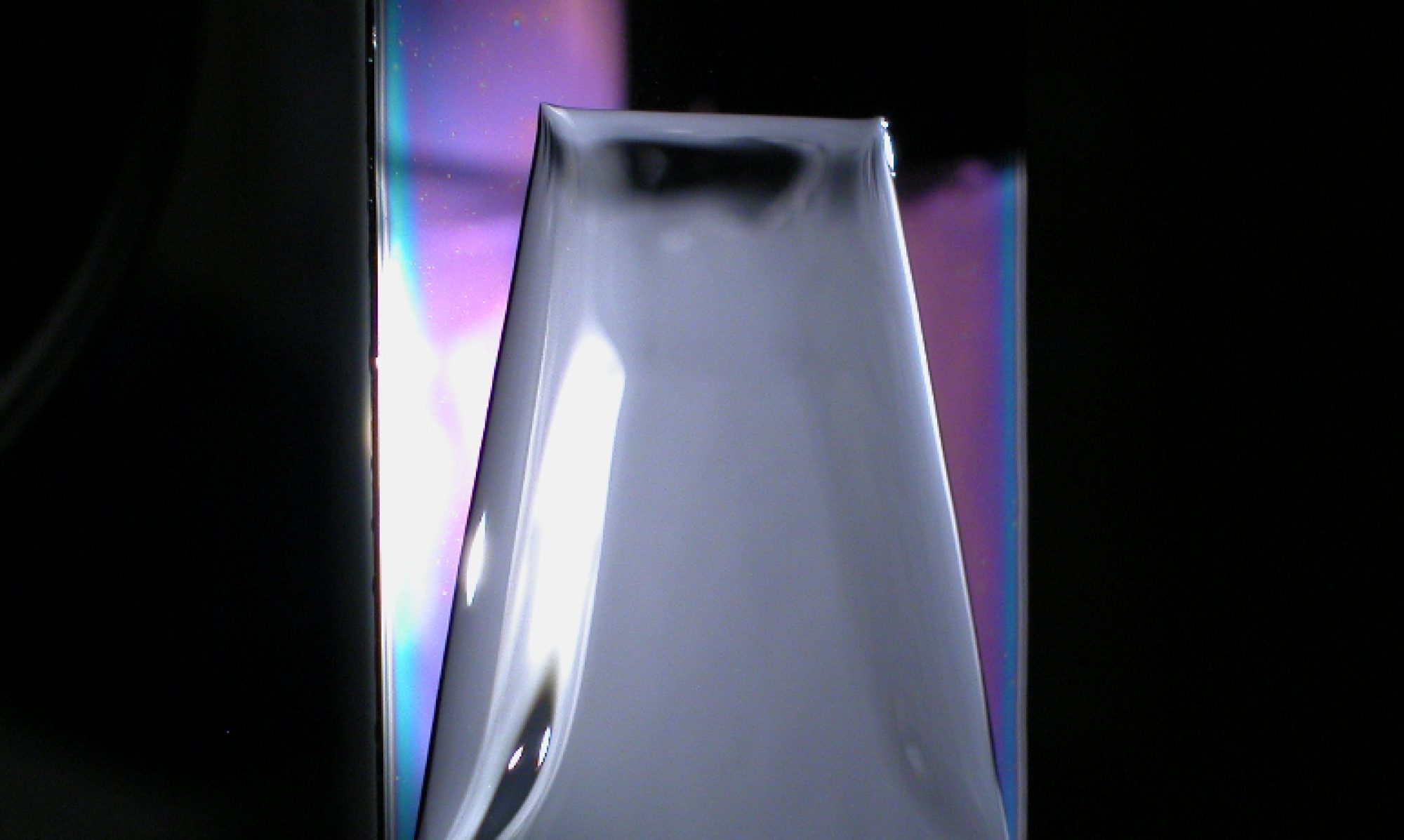An introduction to transport phenomena, course given to 3rd year students in the engineering curriculum at ESPCI Paris.
Bibliography for the course
- Bird, Stewart, Lightfoot, « Transport Phenomena », Wiley (1960). An old but very comprehensive reference book on momentum, heat and mass transfer.
- F. Incropera, D. Dewitt, T. Bergman & A. Lavine, « Principles of heat and mass transfer ». Wiley (2013). A good reference book on transport.
- F. Kreith, R.M. Manglik, M.S. Bohn, « Principles of heat transfer » Cengage Learning (2011). A reference book on heat transfer.
- H.S. Carslaw, J.C. Jaeger « Conduction of heat in solids », Oxford Clarendon Press (1959). Describes in detail the solutions of the diffusion equation with different mathematical methods, in many different situations.
- B. Levich, « Physico chemical hydrodynamics », Prentice Hall (1962). As the title suggests, it is a fluid mechanics book, but it deals with transport of mass, heat and electrical charges in fluids. Rather advanced.
- R. Probstein « Physico-chemical hydrodynamics », Butterworths (1989). Deals only with laminar flows. Much easier to read than Levich’s book, but more limited in scope.
- C. Kittel, « Physique de l’état solide » Dunod (1983). For the calculation of transport coefficients in solids.
- F. Reif « Fundamentals of statistical and thermal physics », Mc Graw Hill (1965). Diffusion and Brownian motion. Black body radiation.
- R. Borghi et M. Destriau, La combustion et les flammes, Technip (1995). An introduction to the physico-chemistry of flames.
Bases of fluid mechanics are required to follow this course. Appropriate reference textbooks are : Guyon, Hulin, Petit « Hydrodynamique Physique », CNRS Editions and Batchelor, « An Introduction to Fluid Mechanics », Cambridge University Press.
General laws for transport of heat and mass
This first document describes a general framework for the transport of heat and mass. The diffusion equations (Fourier and Fick’s laws) are extended to take into account transport by convection (here convection refers to the macroscopic motion of a fluid).
Steady state one dimensional diffusion problems
This second document shows how to solve one dimensional steady state diffusion problems, in particular with source terms. It introduces the notion of effective transfer coefficient at an interface and thermal resistance. As an example, the concepts described are used to derive the bioheat equation modeling heat transfer in living tissues.
Presentations and references of January 8
Introduction of the course and « coffee cup problem » : pdf file.
Heat transfer during the rebound of a drop : summary of the problem, « Heat exchange between a bouncing drop and a superhydrophobic substrate » PNAS paper main text by S. Shiri & J.C. Bird, PNAS paper Supplementary Information.
Radiative heat transfer
This document describes the characteristics of the electromagnetic radiation emitted by a body at finite temperature. It shows how one can compute the exchange of energy by radiation between two bodies. The derivation of the detailed formula for the black-body radiation is here only for reference. The ideas to memorize are listed in the summary of the document.
Presentations and references of January 15
Diffusion equation with source term, bioheat equation : pdf file
Radiative equilibrium of the Earth : pdf file
Radiative cooling: presentation of the problem, Nature Communications paper by Chen et al.
Thermal equilibrium of a honeybee : pdf file
Convection and diffusion together. Transport boundary layers.
This document describes the interplay between convection and diffusion when the Peclet number is large and analyses situations in which transport is controled by a boundary layer.
Presentations and references of January 22 and February 12
Mass transport in a microfluidic channel. This problem is discussed in detail in a paper by T. Squires, R. Messinger and S. Manalis, « Making it stick: convection, reaction and diffusion in surface based biosensors », Nature Biotechnology, 26, 417 (2008). The supplementary material of the paper describes the transport equations involved in more detail.
Thermal convection
This document describes the bases of thermal convection and introduces the relevant dimensionless numbers. These concepts are also applicable to flows driven by concentration gradients : Erosion of dissolvable bodies by convection-driven flows. A paper by M.S. Davies-Wykes et al.
Dispersion in random velocity fields
This document describes dispersion in velocity fields having a random character such as flows in porous media and turbulent flows.
Exam
The topic of the exam is transport of mass and heat in fish. It is based on two publications : H. Malte, C. Larsen, M. Musyl and R. Brill, Differential heating and cooling rates in bigeye tuna (Thunnus obesus Lowe): a model of non-steady state heat exchange, J. Exp. Biol. 210, 2618 (2007) and K. Park, W. Kim and HY Kim, Optimal lamellar arrangement in fish gills, PNAS 111, 8067 (2014).
